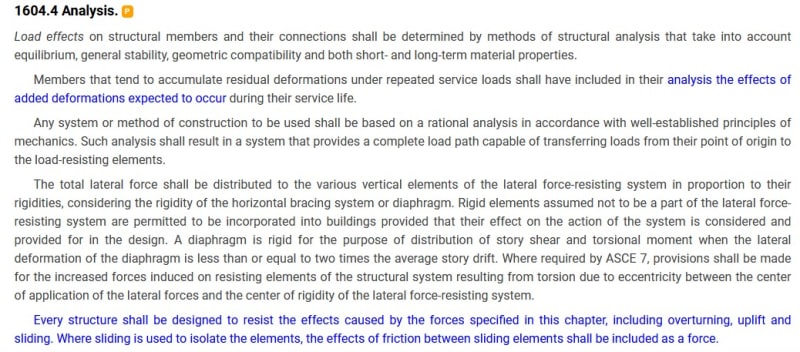If you're in the United States, the standard semi trailer is about 51' long, so a length beyond that but not by much wouldn't be all that arduous. We've also been dealing with shipping for large precast/prestressed bridge girders from time to time, as well as those monster wind turbine blades they ship across the country. The first few miles and the last few miles are the most difficult, unless you're shipping something particularly tall, which a 27" deep girder doesn't really feel "too tall", and they might ship it flat to reduce any tipping/sway/stability issues and or cross-wind effects.
These concerns about the contractor, this is NOT the engineer's job. Provided, of course, the engineer does not "APPROVE" the contractor and states that a steel erector should be used. If they want to yahoo it, get themselves killed, etc, that's their decision and their liability. You could require shop drawings to include a sealed erection plan from a steel erector, that should preclude the novice from attempting it. This is not within the purview of the typical structural engineers authority anyway, let alone the structural engineer's ability to judge the qualifications of a steel erector. That doesn't sound like a typical skill most structural engineers have. We have to protect the public, but just because I'm supposed to "protect the public" does not mean I'm supposed to chase after a man running with a stick of dynamite and a spark igniter. And if I did, it wouldn't be because I'm a structural engineer.
What I keep saying about the unbraced length, is I'm not aware of any testing or research that establishes a wood diaphragm is effective in bracing such a large steel beam for such a large span. The beam, however, is currently deflection controlled so there is some margin to the debate here, as to it being effective or not, if it were designed unbraced full length, that would clearly produce a safe design so long as the end rotation was dealt with appropriately.
I am aware that perhaps 4 out of 5 dentists would consider the beam braced by the wood structure, perhaps even continuously braced, I'm saying there isn't much basis for that, beyond "convention", I haven't seen any research published to substantiate the practice. This is where I keep landing. There isn't a "well-established principle of mechanics" that substantiates the bracing effect. We are in the same territory, fundamentally, as the "inflection point is a brace" which was eventually disproven.

